Better awareness of TPP needed
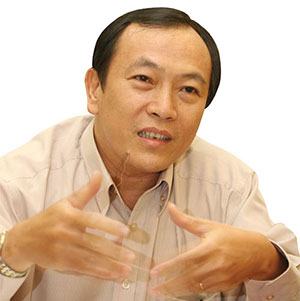 >> US firms scope TPP benefits
>> US firms scope TPP benefits
What are the core differences between TPP and the World Trade Organization (WTO)?
The TPP has a limited number of country members. While the WTO has around 155 members, only 12 countries have taken part in TPP negotiation process.
Basically, all WTO commitments must be already met before joining the TPP which features even more stringent regulations as well as more expansive business areas.
The TPP is more open in terms of the trade of products and services, investment and intellectual property.
The TPP also covers non-trade issues like government procurement, the environment, labour, trade unions, and support to small and medium size enterprises.
The TPP is a continuation of the WTO, so that its commitments would be more comprehensive.
Some argued Vietnamese firms would be fraught with hardships when the TPP takes effect as they will have to abide by strict regulations. What limitations do local firms need to address when the country joins the TPP?
First is the capital issue. Most local firms in areas susceptible to the application of the TPP, such as seafood, textiles and garments, footwear and agriculture face capital shortages.
Second is the restriction in added value. For years, Vietnamese firms like those in textiles and clothing and footwear sectors have been mainly involved in processing with low added value. Due attention must be paid to research and development if they want to escape from processing and bolster direct exports. Local firms are very weak in this aspect.
Third, local firms have poor understanding about international agreements, their advantages as well as disadvantages.
What must we do to take advantage of the TPP?
It is time for taking stronger and consistent measures. A raft of policies was introduced in the past but they have yet to be implemented drastically. For instance, investment into textile and garment production materials was discussed more than 10 years ago, but little progress has been made until now.
Time has not waited for us. After the TPP negotiation process wraps up, it would take over a year for the national assemblies in relevant countries to adopt the agreement. Then comes the grace period. So it could take at least two more years for the TPP to come into force.
Vietnam needs to be well-prepared within two years or a maximum of the next five years to be able to make the most of the advantages offered by the TPP and reduce any adverse implications.
It would require lucid management and the implementation of drastic measures from the government.
For instance, in respect to investment in raw materials, the government must point out what areas would be suitable for cultivating material growing areas and where not to waste investment. The state may take part in infrastructure development then collect fees to lessen the burden on firms. With such radical measures, we would be in a position to address the aforesaid bottlenecks.
Some have said foreign invested firms would gain more than local companies when the TPP actually gets underway. True?
The beneficiaries will be those who do a smart job, understand and are capable of translating the opportunities the TPP brings into concrete action.
What the stars mean:
★ Poor ★ ★ Promising ★★★ Good ★★★★ Very good ★★★★★ Exceptional
Latest News
More News
- New rules a boon for high-tech players (February 27, 2025 | 15:28)
- Japan-Vietnam tie-ups evident in semiconductors (February 27, 2025 | 15:21)
- All sides must commit to benefits of free, open trade (February 27, 2025 | 15:13)
- Ho Chi Minh City targets 64,000 hectares of land for TOD (February 27, 2025 | 11:38)
- Milcon Gulf Group expresses interest in international financial centre (February 27, 2025 | 10:50)
- Public investment may contribute 1 per cent to GDP growth (February 26, 2025 | 10:38)
- Nghe An to open bidding to select investor for Quynh Lap LNG-fired power plant (February 25, 2025 | 19:54)
- Funding policy takes shape for new railway (February 25, 2025 | 11:33)
- Syre Group eyes $1 billion investment in Binh Dinh textiles facility (February 24, 2025 | 11:17)
- Vexos to expand facility in Ho Chi Minh City (February 22, 2025 | 11:18)

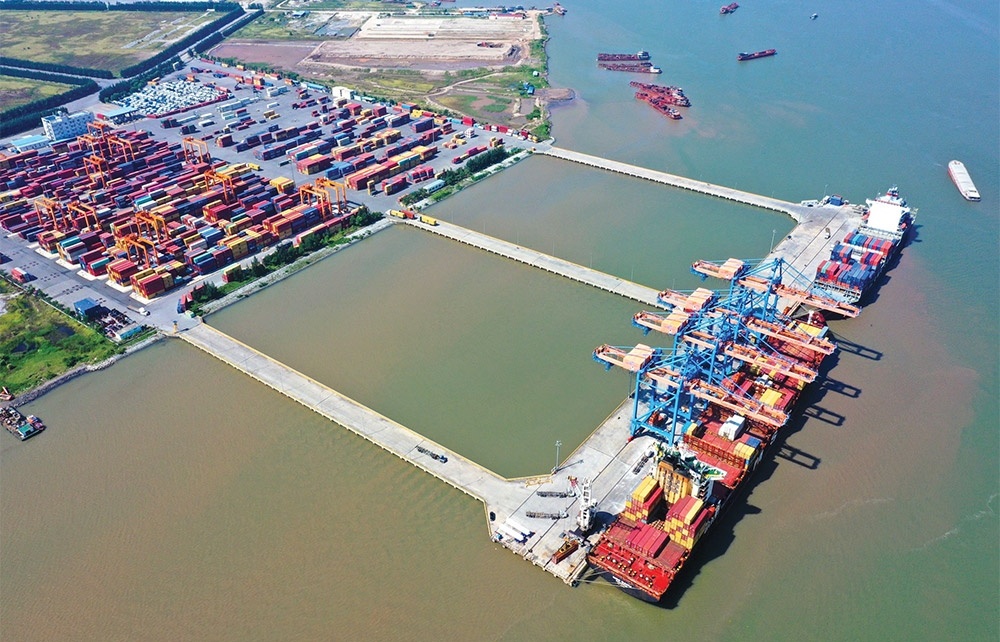
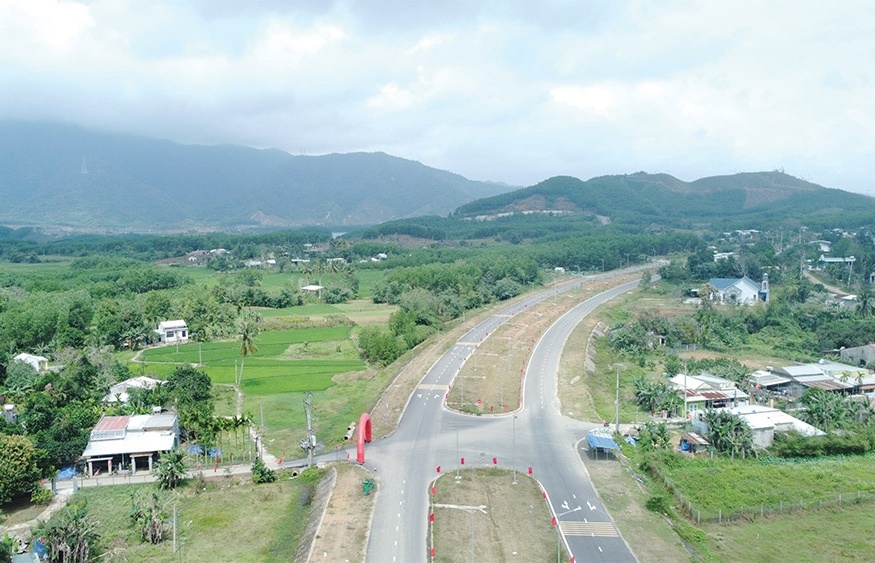

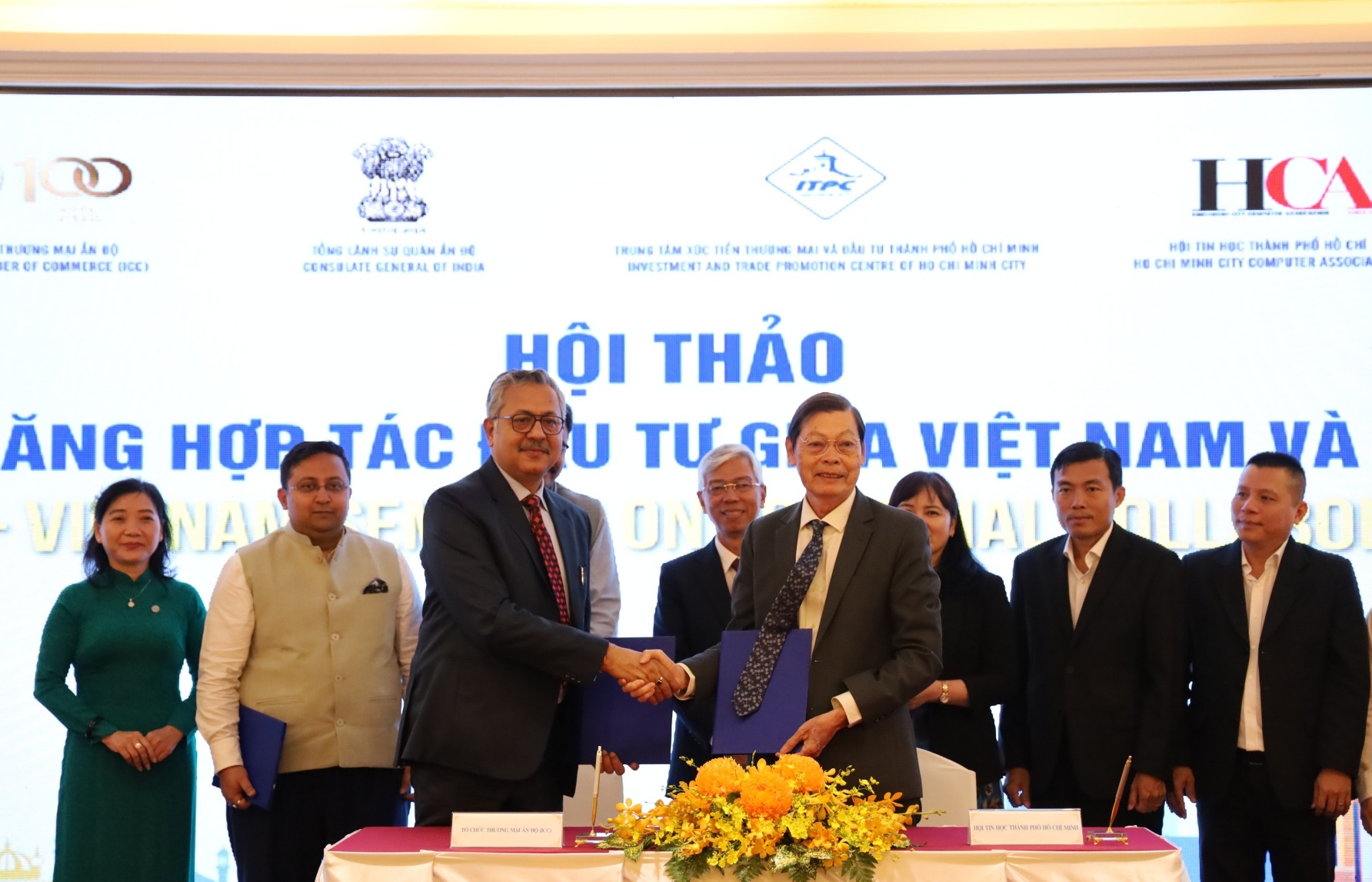
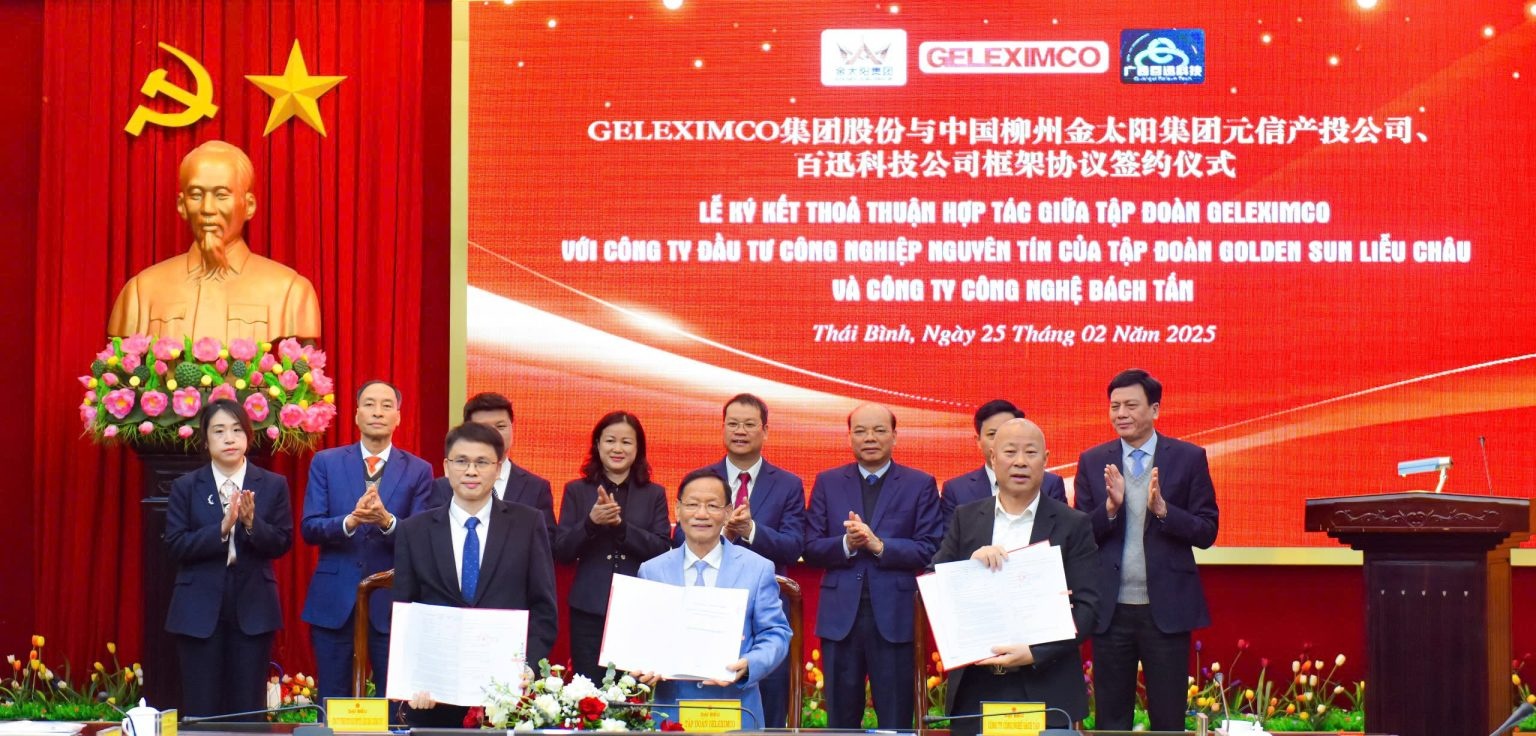
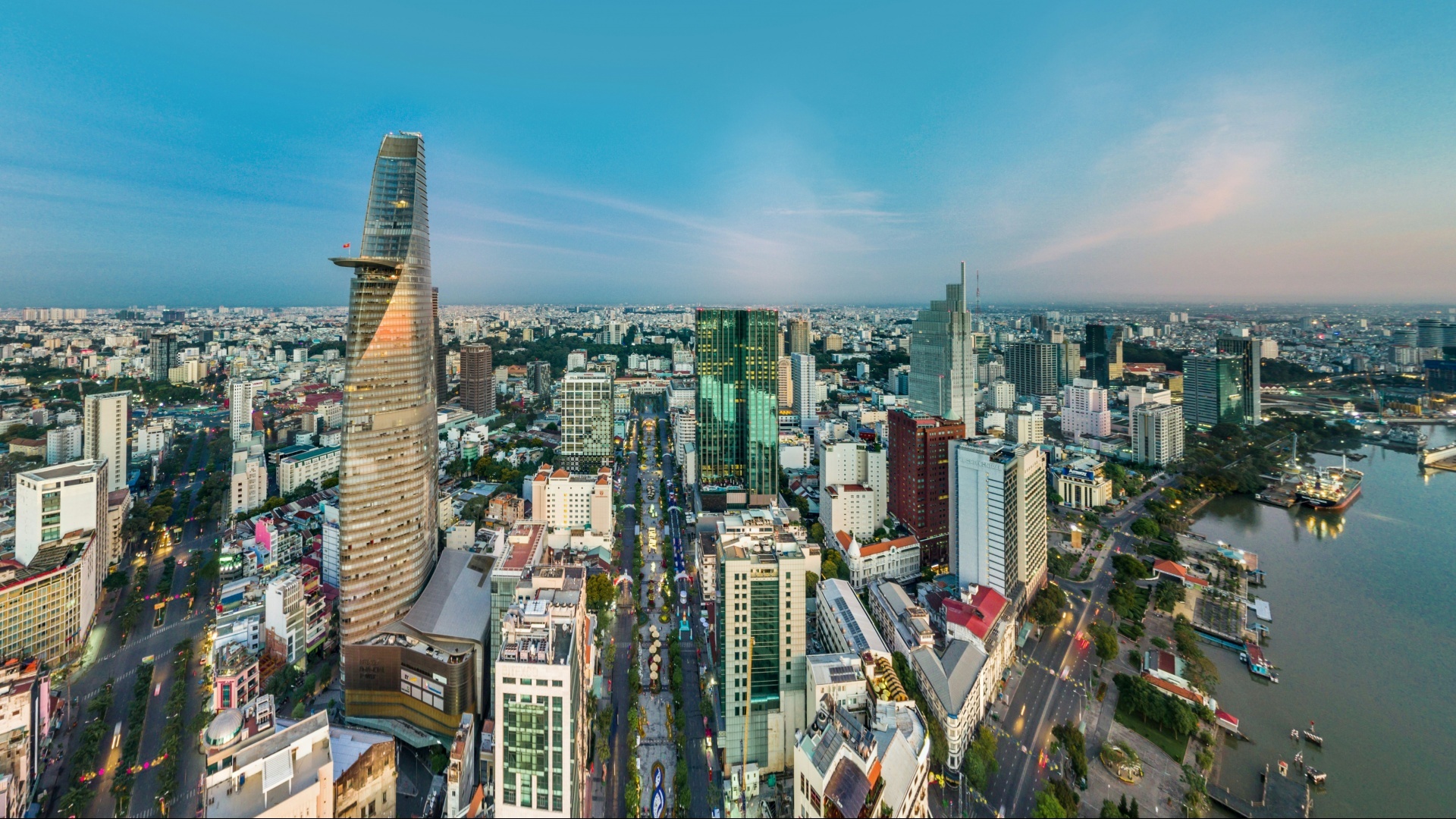





 Mobile Version
Mobile Version